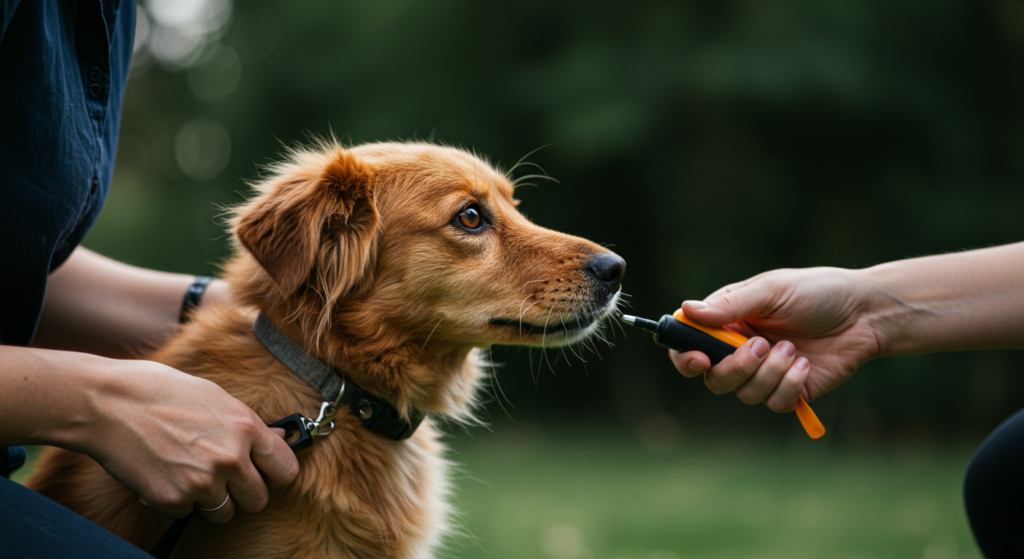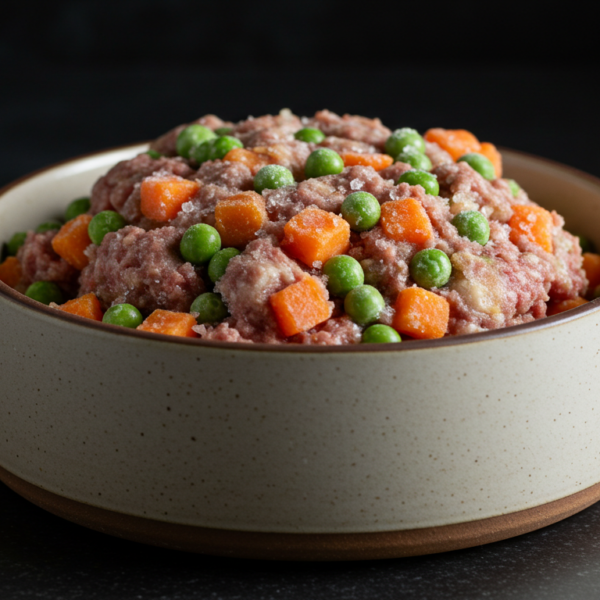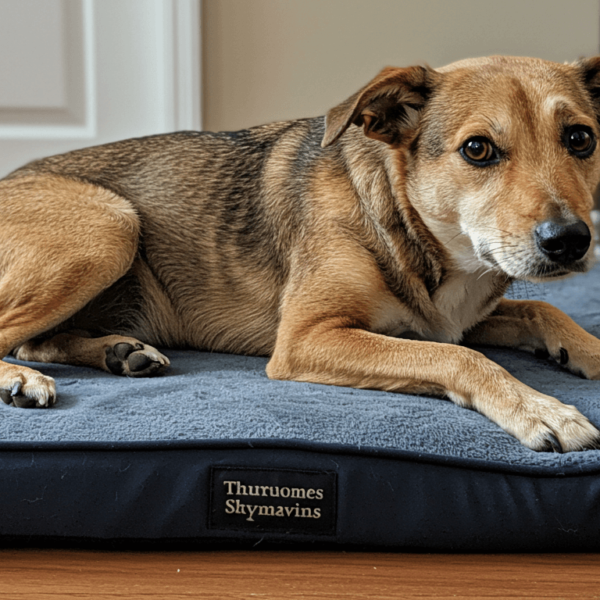Understanding Food Allergies in Dogs
Food allergies in dogs can lead to chronic itching, digestive issues, and even behavior changes. If your pup constantly scratches or reacts to certain foods, it’s time to dig into what’s really going on.
In this post, you’ll learn how to recognize signs of food allergies, what causes them, and how to manage your dog’s diet for better health and behavior.
Table of Contents
What Are Food Allergies in Dogs?
Causes of Food Allergies
Food allergies occur when your dog’s immune system overreacts to certain proteins in their diet. Common allergens include:
- Beef
- Chicken
- Dairy
- Wheat
- Eggs
- Soy
Some dogs develop allergies over time, even if they’ve eaten the same food for years.

Symptoms to Watch For
Watch out for these signs of food allergies in dogs:
- Itchy skin (especially paws, face, ears)
- Chronic ear infections
- Vomiting or diarrhea
- Red, inflamed skin
- Excessive licking or scratching
Diagnosing and Treating Food Allergies
Step 1: Elimination Diet
The most accurate way to diagnose a food allergy is through an elimination diet. Here’s how:
- Feed a novel protein (like duck or venison) and a carbohydrate your dog hasn’t eaten before.
- Stick to the new diet for 8–12 weeks.
- Slowly reintroduce old ingredients and observe for reactions.
💡 Tip: Always consult your vet before starting an elimination diet.
Step 2: Vet-Approved Treatments
- Medicated shampoos for skin relief
- Antihistamines or steroids for severe cases
- Probiotics to improve gut health
- Hydrolyzed protein diets (e.g., Hill’s Z/D, Royal Canin Hydrolyzed)

Managing Food Allergies Through Diet and Training
How to Reinforce Good Eating Habits
Managing food allergies is not just about what your dog eats—it’s also about how they eat. Training can help avoid accidental exposure to allergens.
Use Clicker Training for Dogs
Clicker training is a form of positive reinforcement that helps your dog learn which foods are safe.
- Step 1: Click and treat when your dog ignores dropped food
- Step 2: Click when they wait for permission to eat
- Step 3: Practice around distractions like kids or guests
Benefits of Clicker Training
- Prevents allergic flare-ups from scavenging
- Strengthens obedience
- Builds trust and communication
FAQs: Food Allergies in Dogs
1. What’s the difference between a food allergy and a food intolerance?
A food allergy triggers the immune system, while intolerance is a digestive issue (like lactose intolerance).
2. How long does it take for food allergies to show up?
Symptoms may appear hours or even days after eating the allergen.
3. Can puppies have food allergies?
Yes, though it’s more common in dogs over one year old.
4. Is grain-free food better for allergic dogs?
Not always. Protein is more often the issue than grain. Always consult your vet.
5. How can I prevent food allergies in my dog?
- Rotate proteins
- Feed limited-ingredient diets
- Avoid table scraps and low-quality treats
Conclusion: Help Your Dog Live Allergy-Free
Food allergies in dogs can be frustrating, but with the right diet, treatment, and training, your furry friend can thrive.
✅ Watch for symptoms
✅ Use an elimination diet
✅ Try clicker training to support healthy habits
👋 Take action today: Start a food diary for your dog or try clicker training to reinforce safe behaviors. Don’t forget to share your experience with other dog lovers in the comments!




Sign up